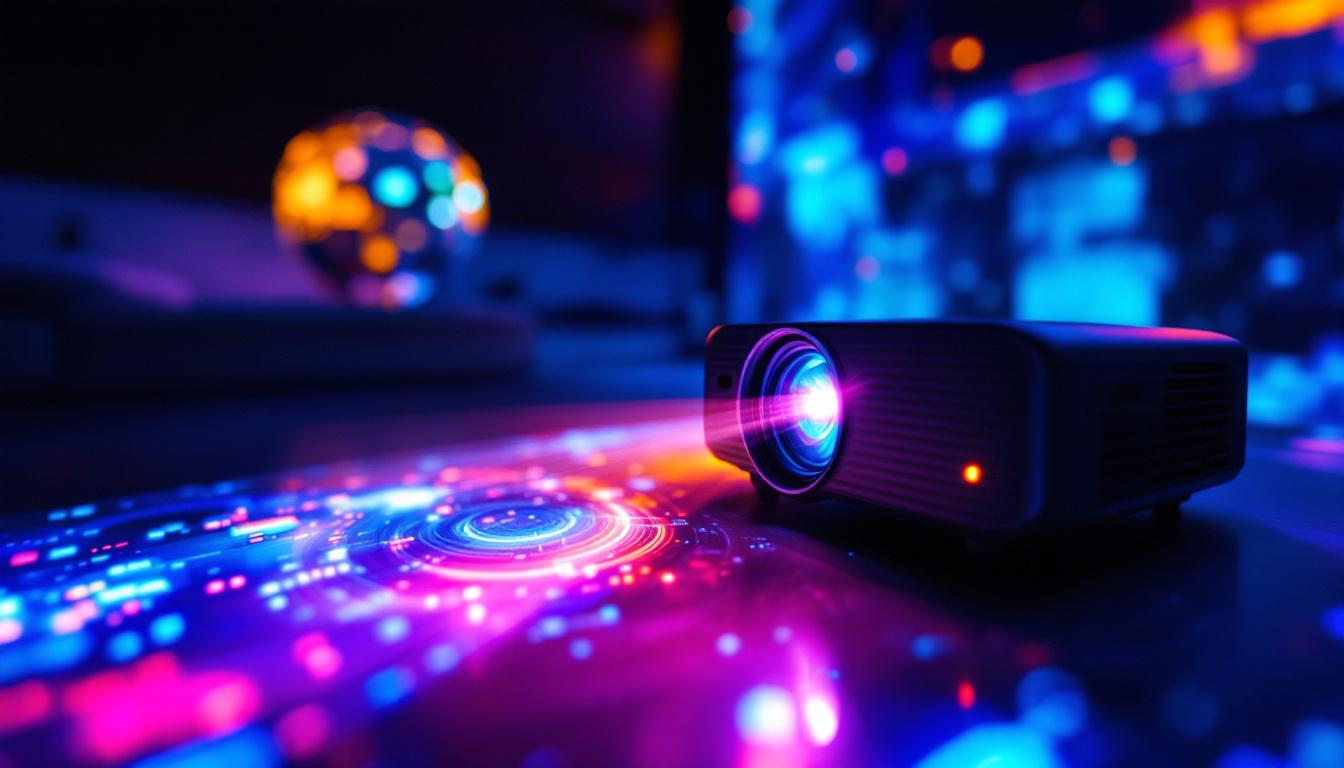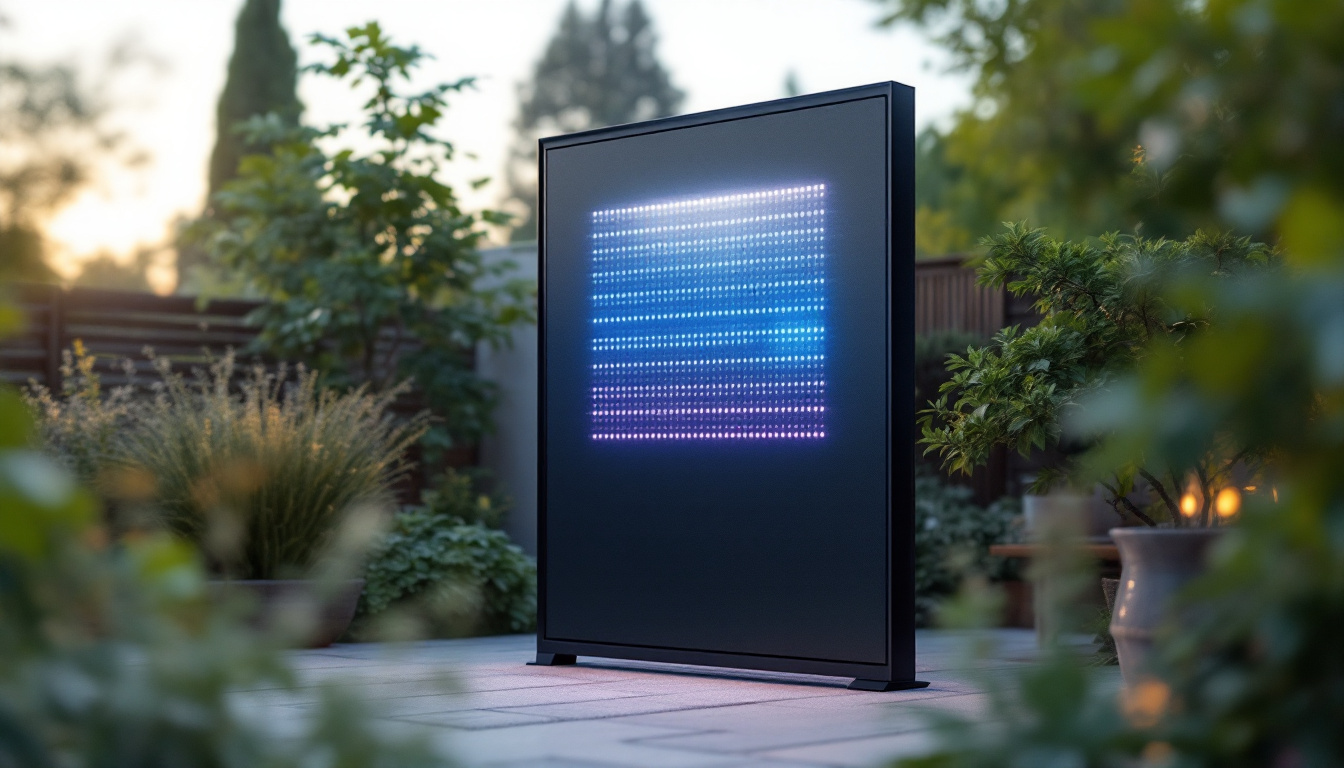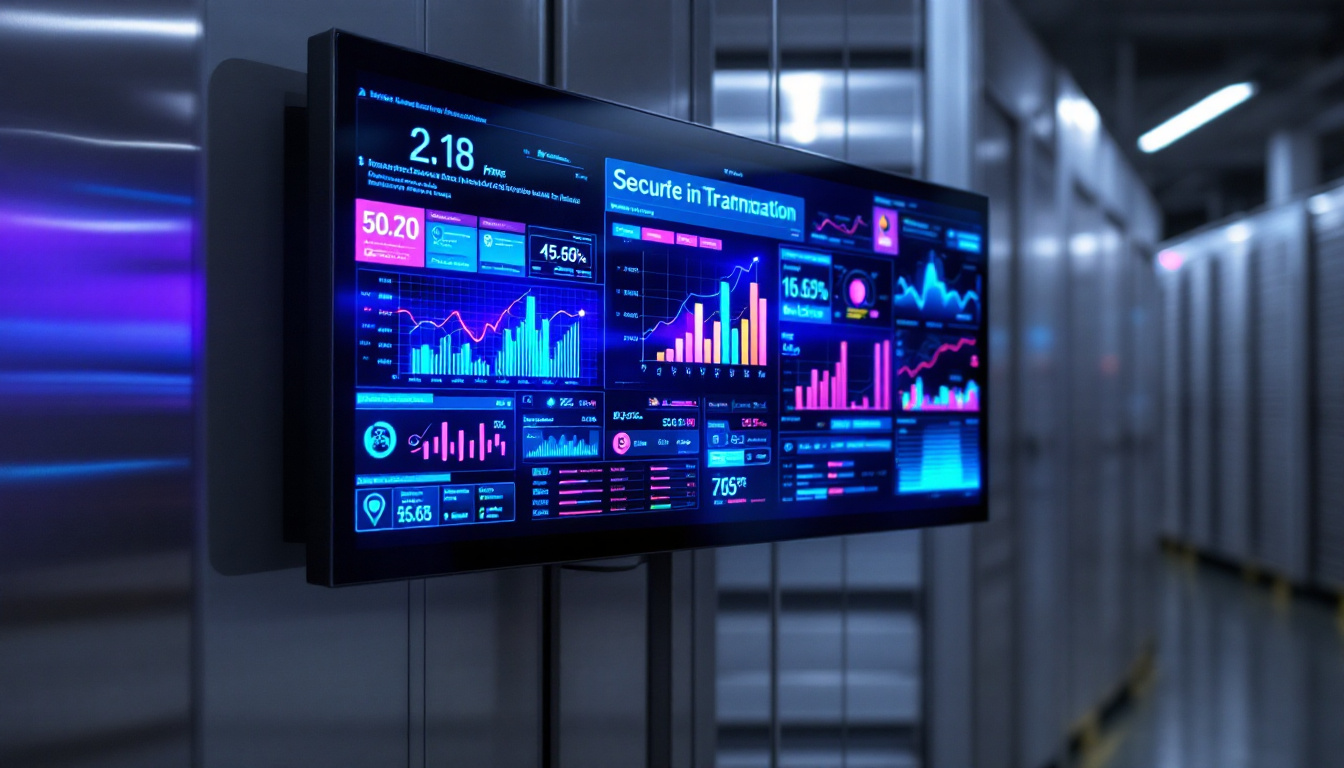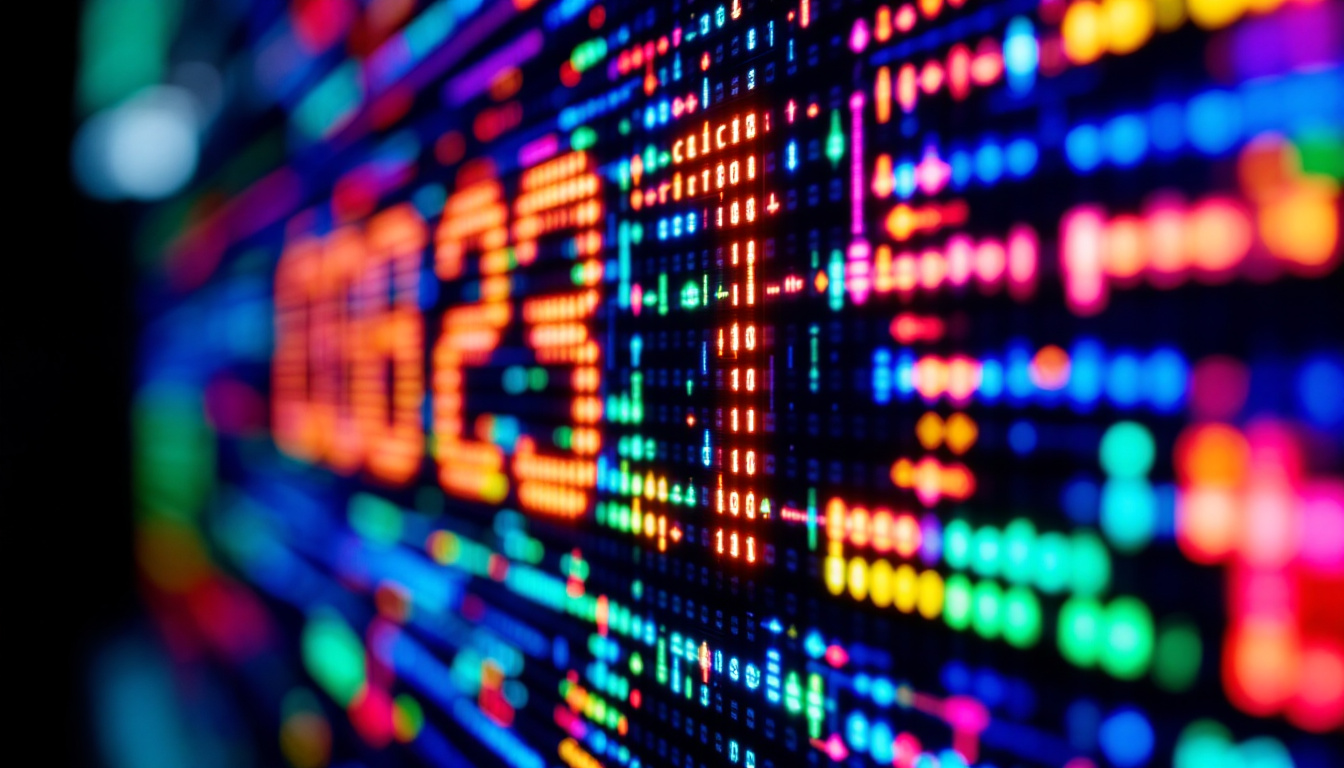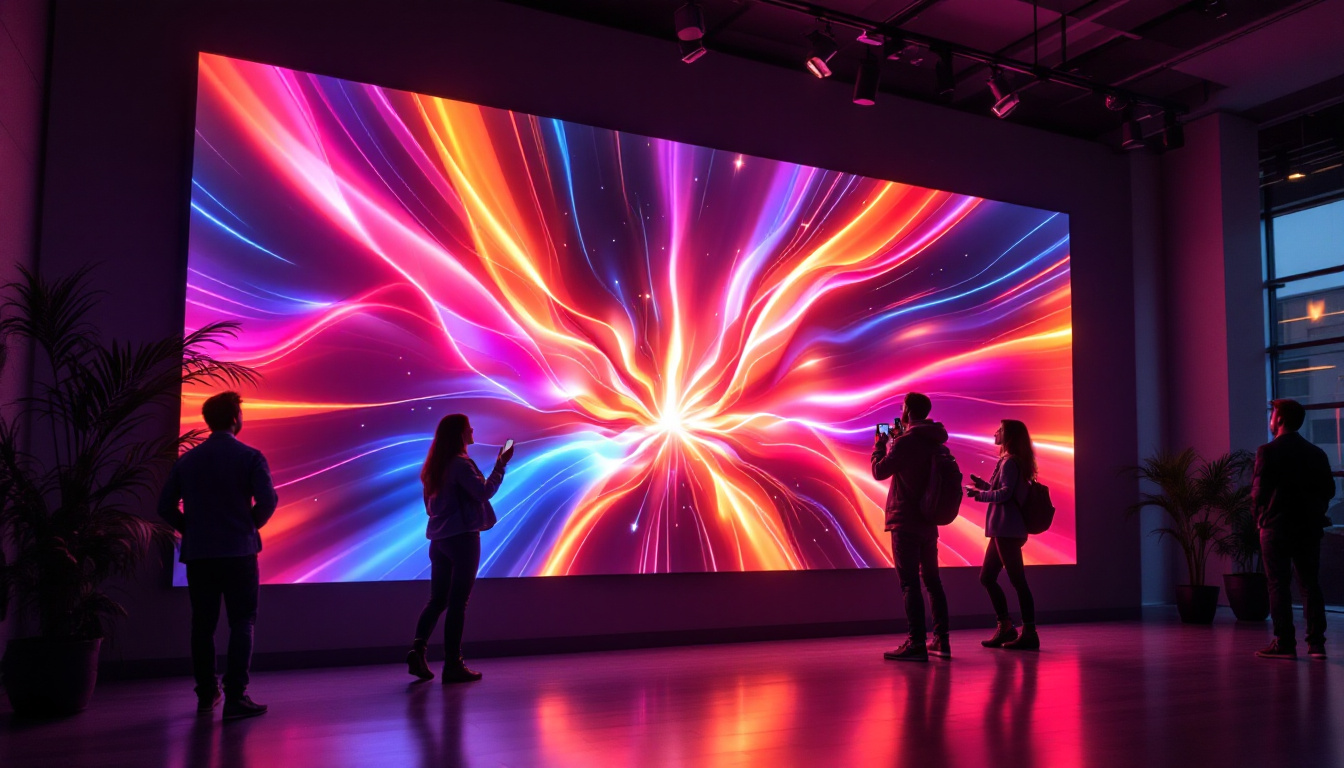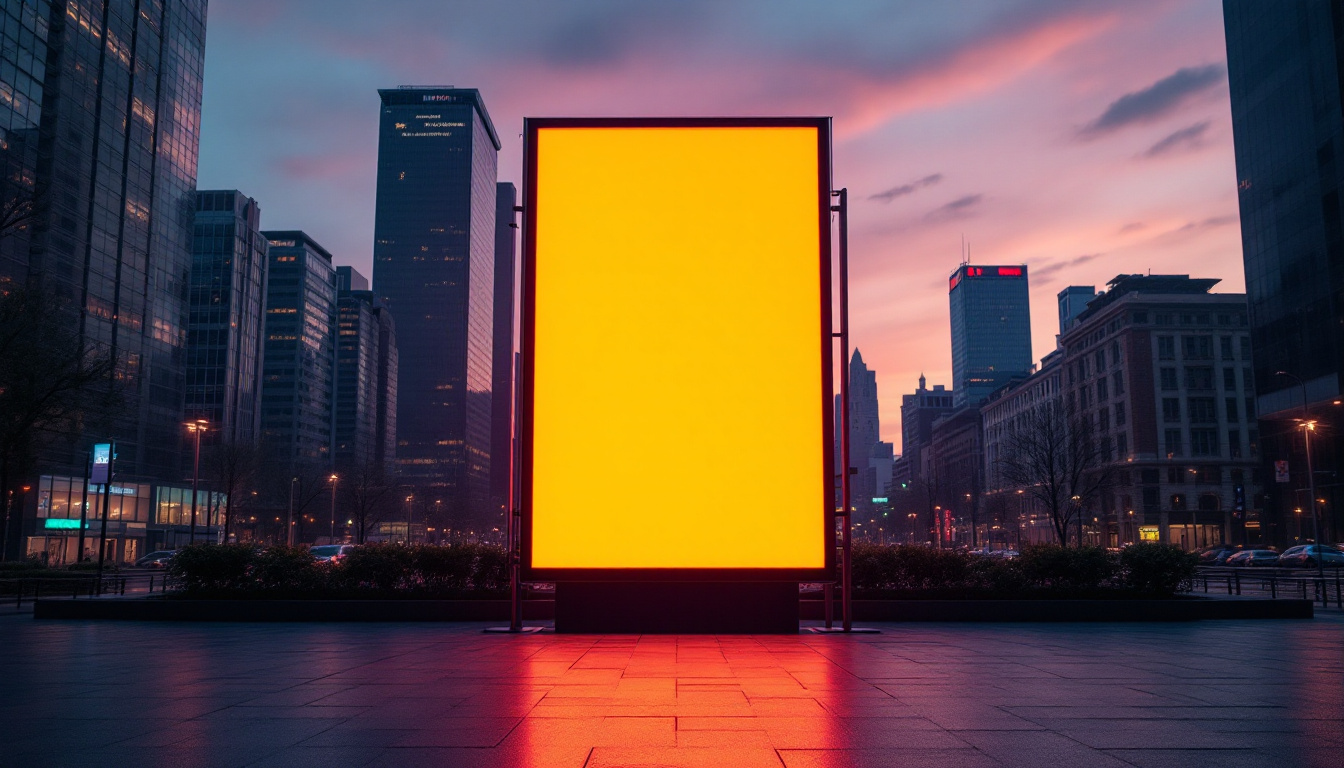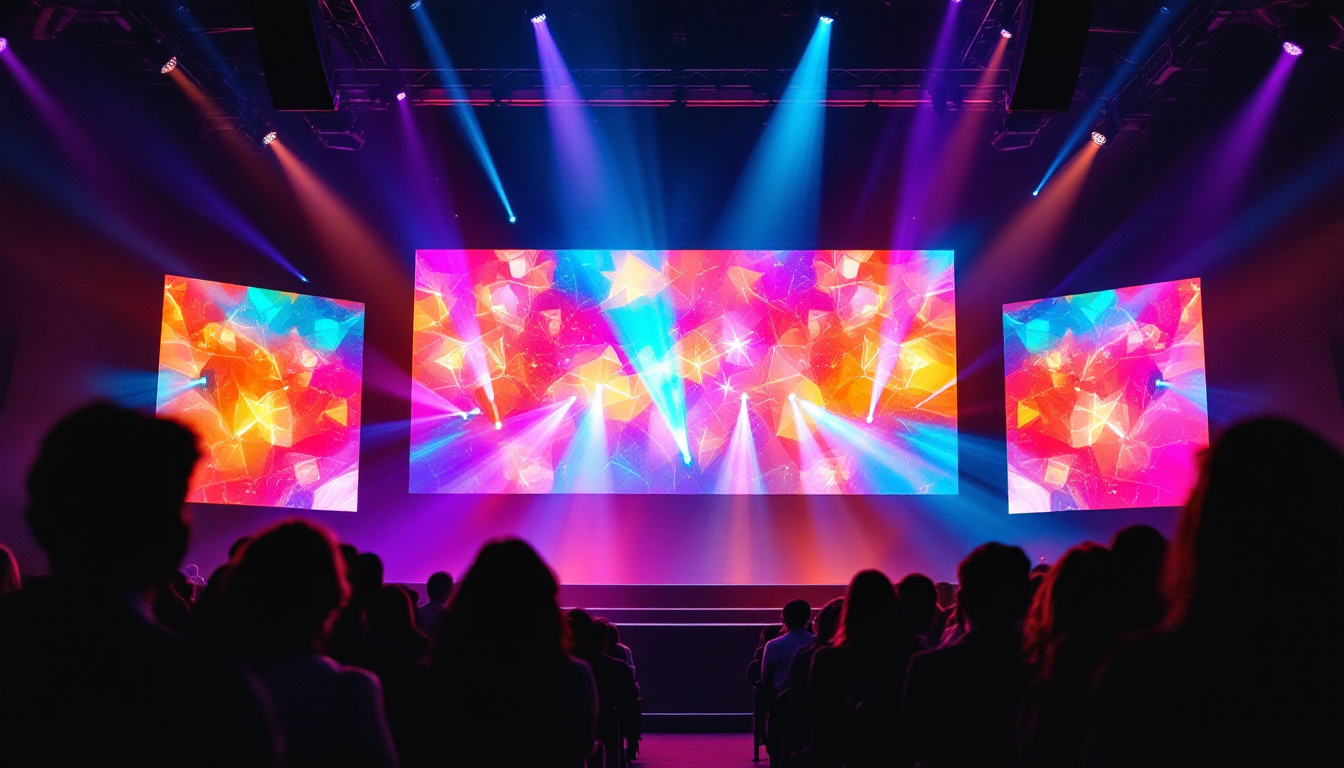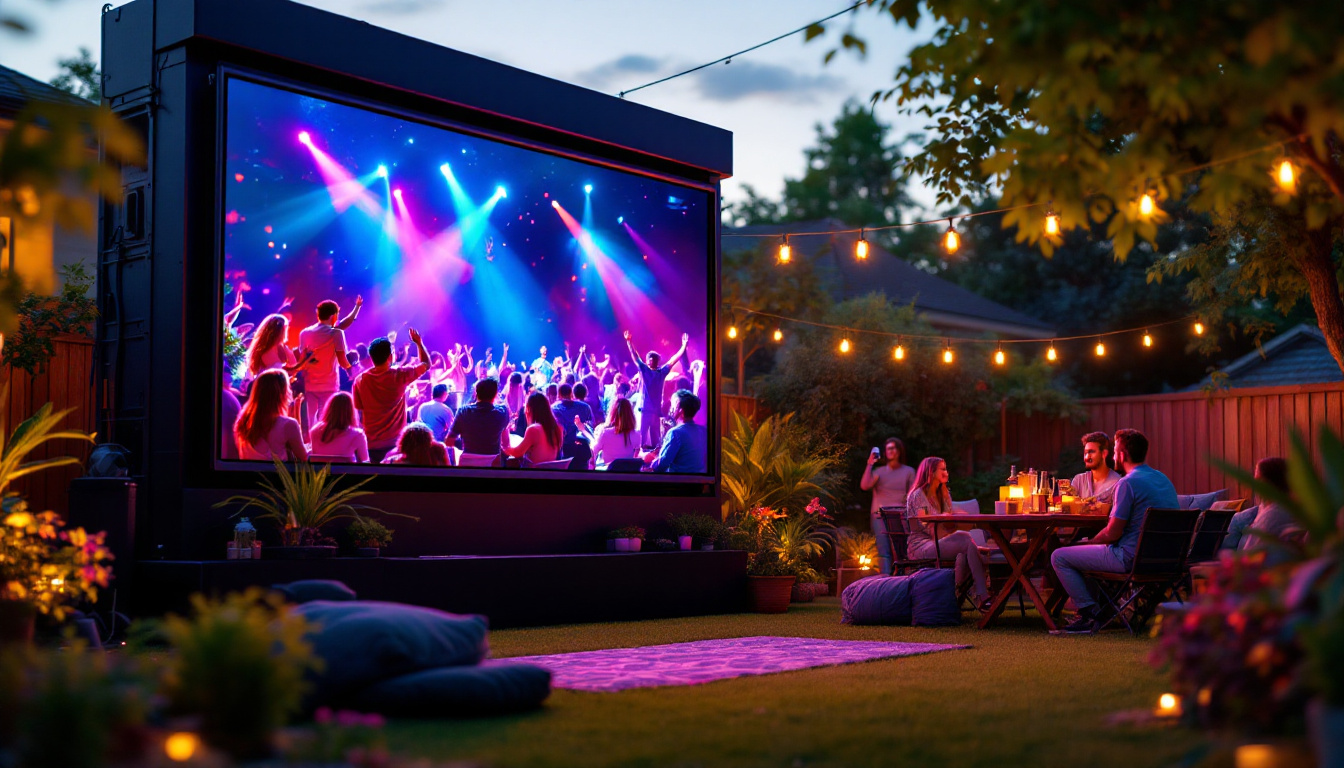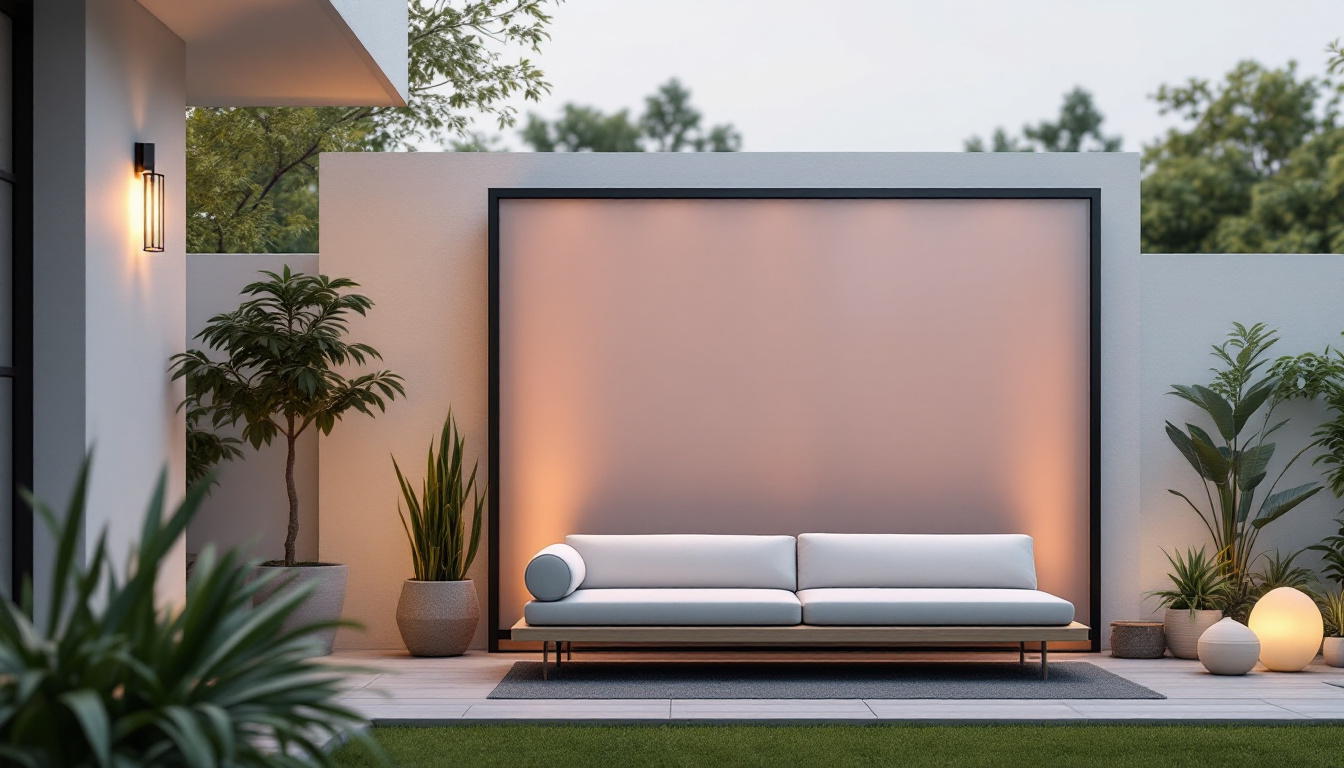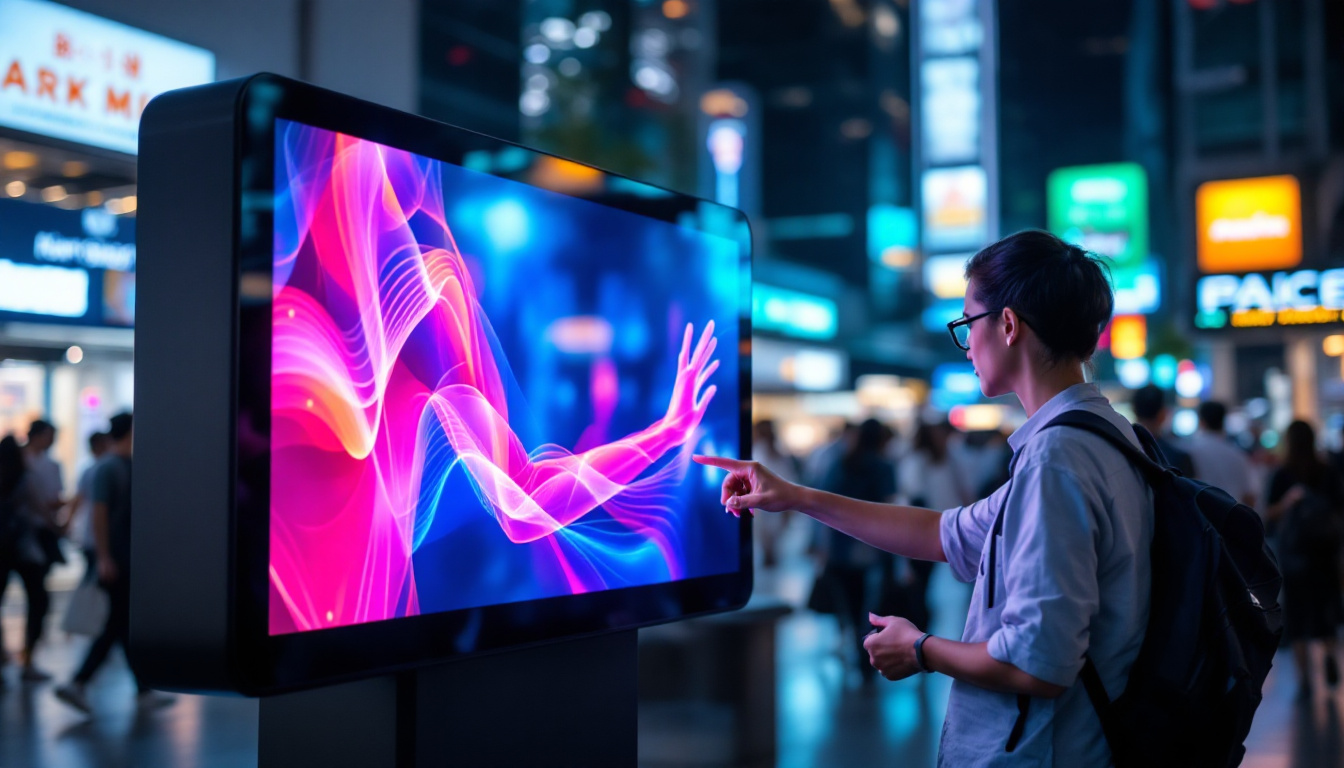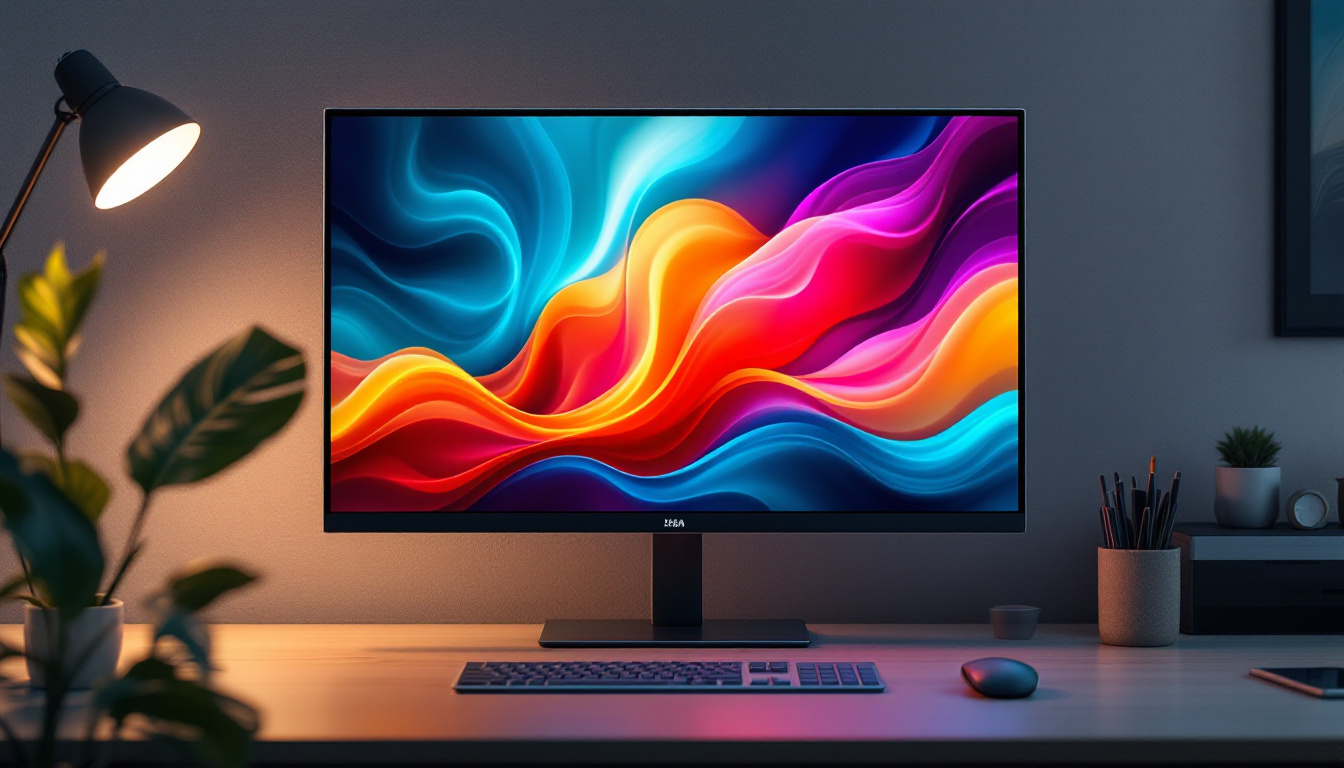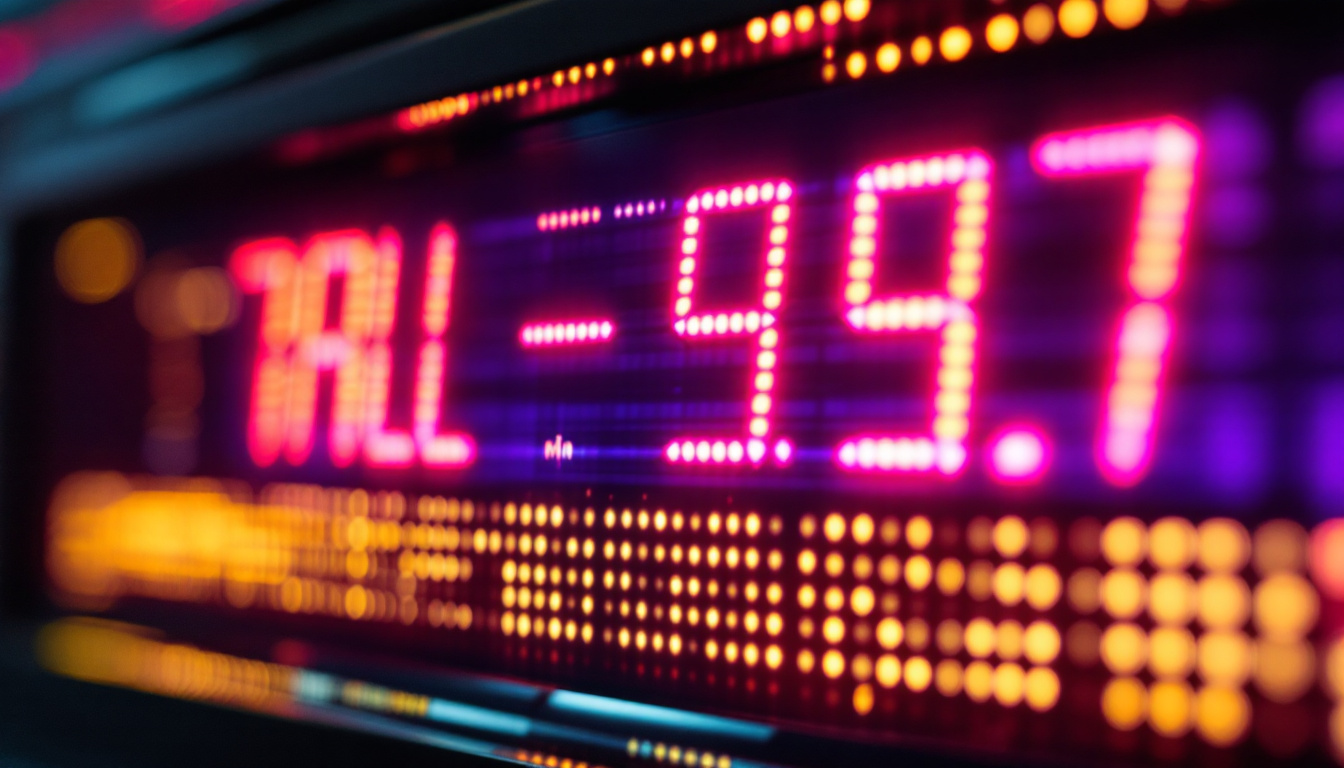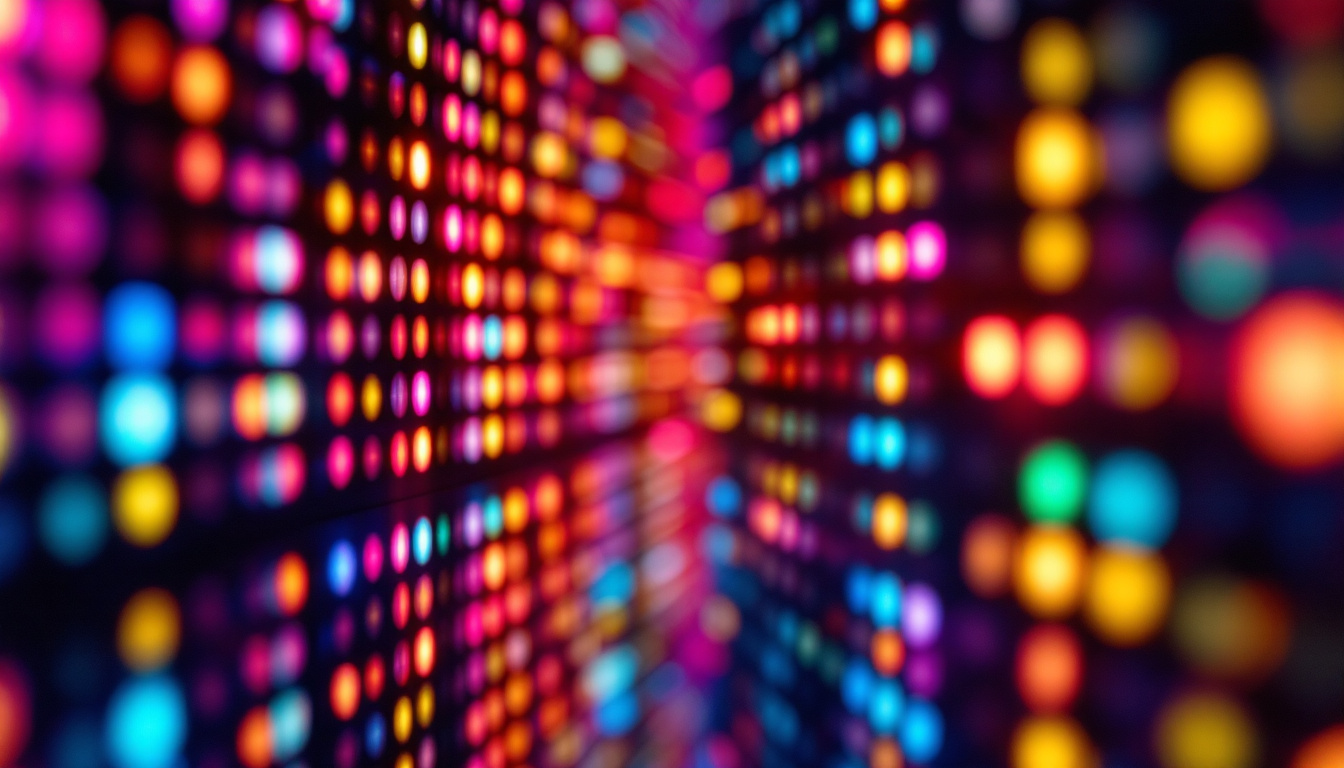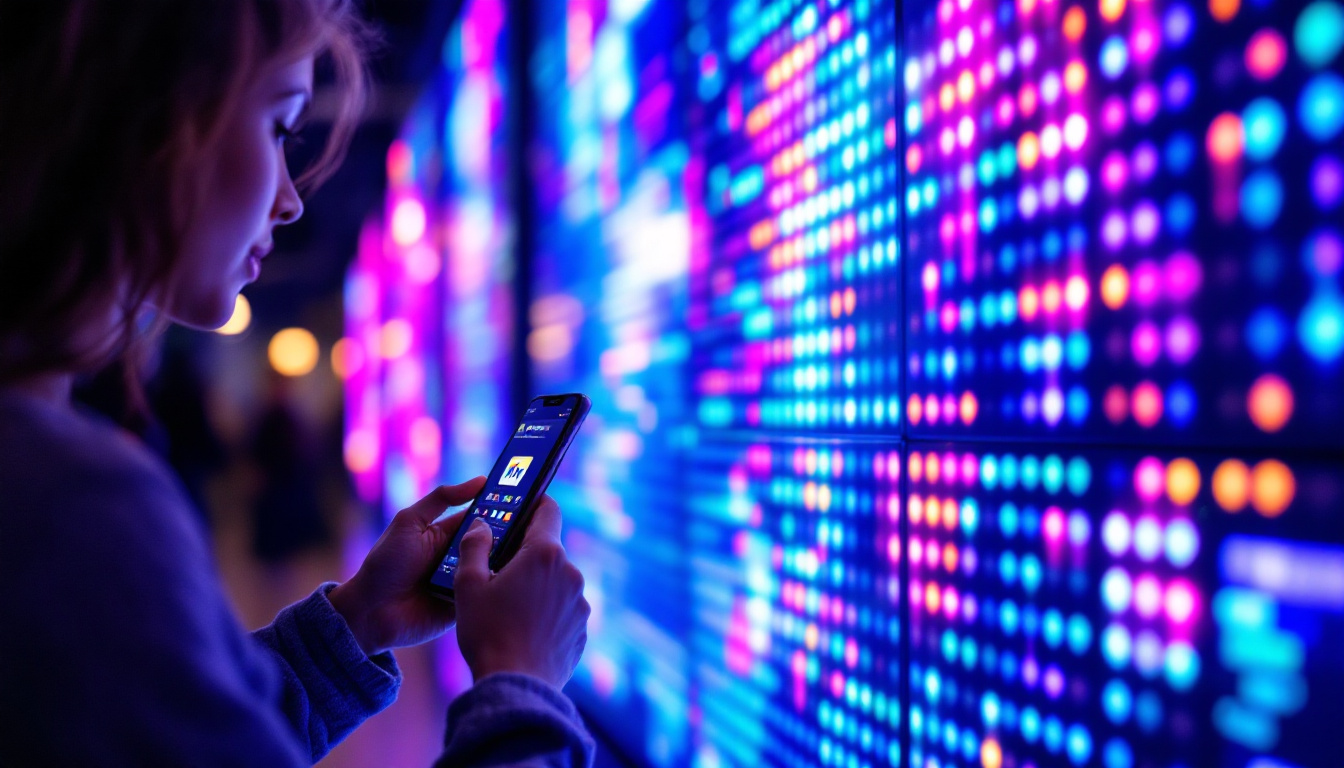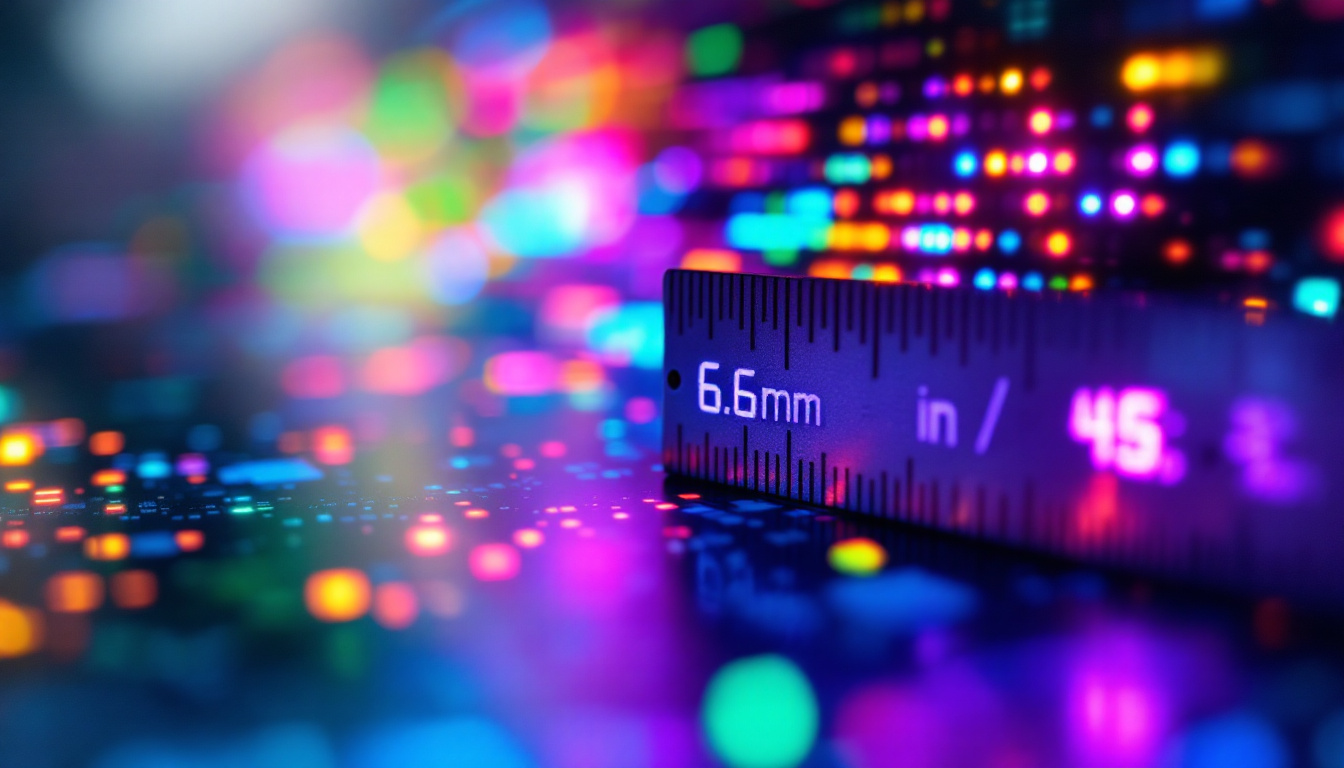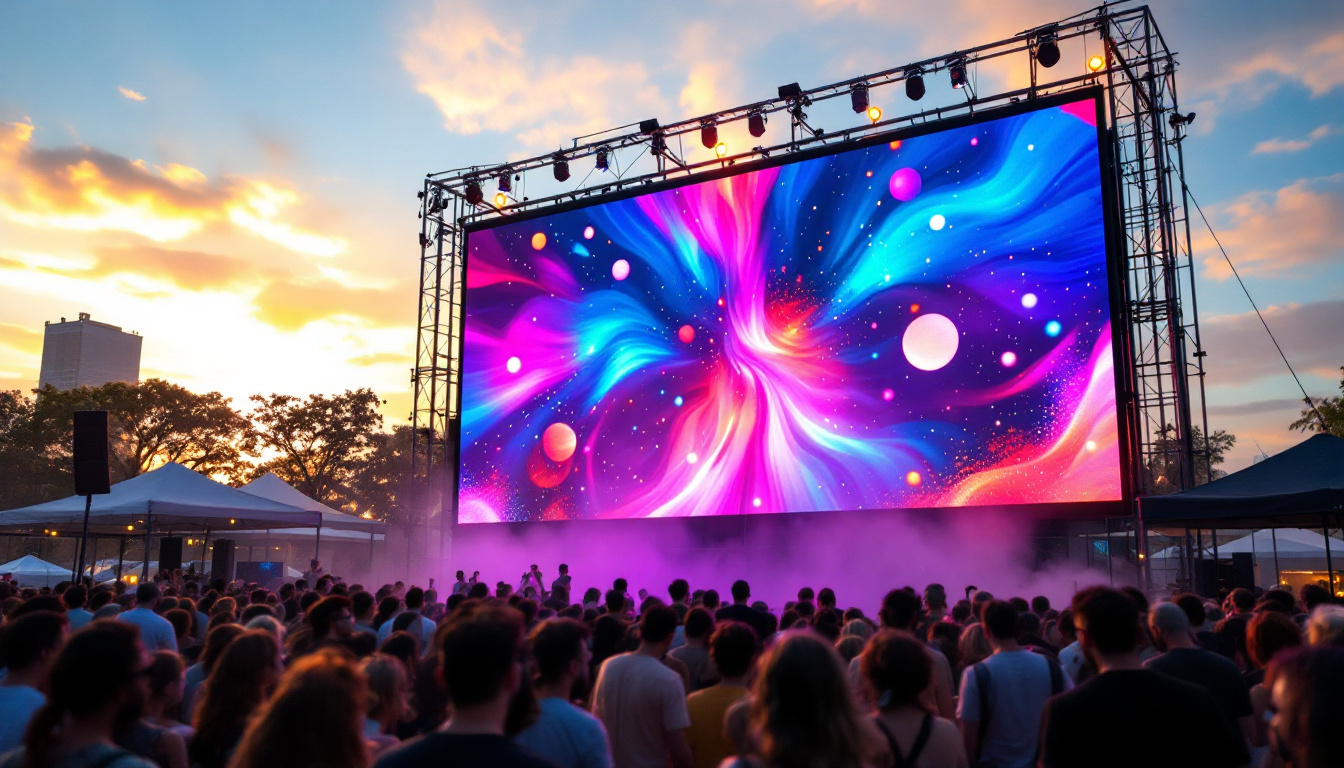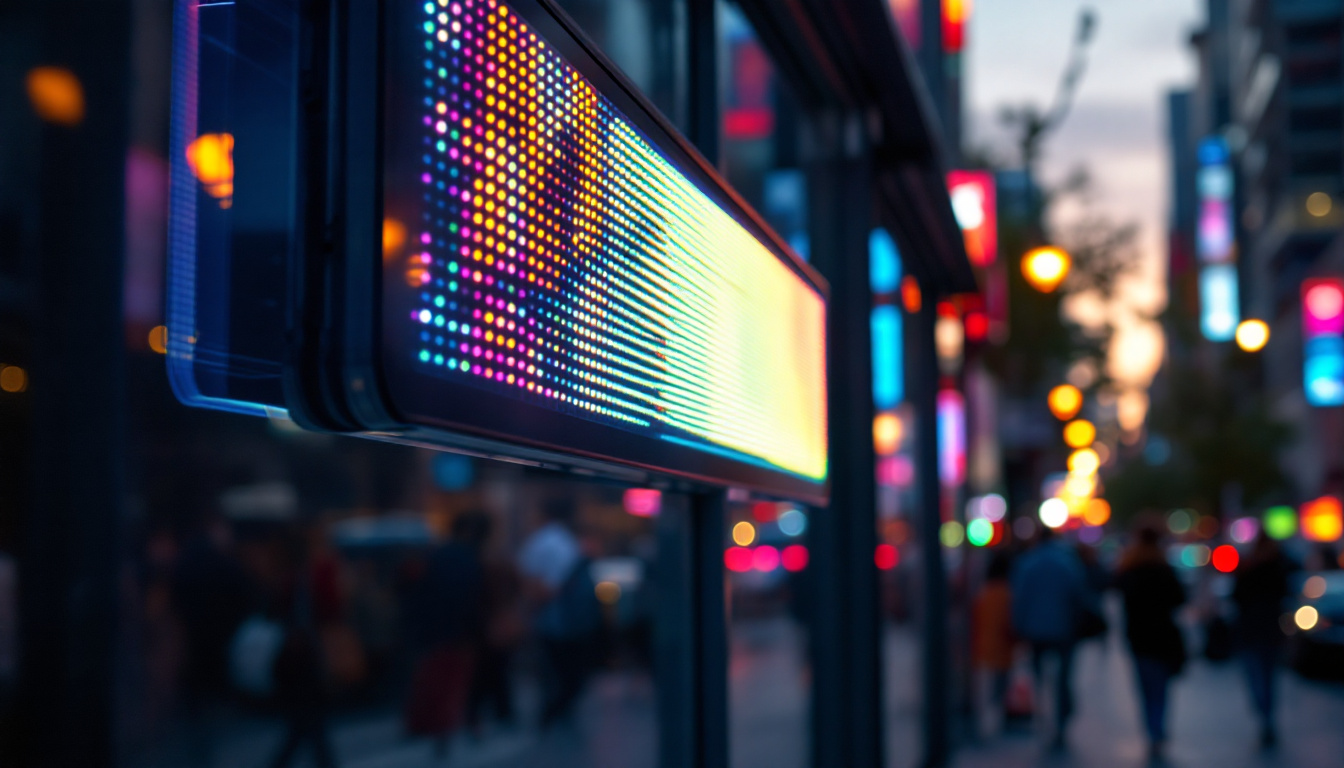In today’s fast-evolving world of visual technology, multimedia projectors have become indispensable tools for business presentations, home entertainment, education, and large-scale events. Among the various types of projectors available, LED display projectors have gained significant traction due to their unique advantages. This article delves into the technology behind LED projectors, explores their benefits and limitations, and provides insights into their practical applications, helping consumers and professionals make informed decisions.
Understanding LED Display Technology in Projectors
What is an LED Projector?
LED projectors use Light Emitting Diodes (LEDs) as their primary light source instead of traditional lamps like UHP (Ultra High Performance) bulbs or lasers. This fundamental difference in illumination technology leads to distinct characteristics in terms of brightness, color reproduction, lifespan, and energy efficiency.
Unlike conventional projectors that rely on a single powerful lamp, LED projectors typically utilize red, green, and blue LEDs to generate the entire color spectrum. These LEDs are combined with optical components such as lenses and microdisplay panels (LCD or DLP) to project images onto a screen or surface. The use of LEDs not only enhances color accuracy but also allows for a more compact design, making LED projectors an appealing choice for portable and home theater applications.
In addition to their compact size, LED projectors are known for their remarkable longevity. While traditional lamps may last around 2,000 to 5,000 hours, LED light sources can reach lifespans of 20,000 hours or more. This extended lifespan reduces the frequency of replacements, resulting in lower maintenance costs and less environmental waste. Furthermore, many LED projectors are designed with energy efficiency in mind, consuming less power than their lamp-based counterparts, which can lead to significant savings on electricity bills over time.
How LED Technology Works in Projectors
The core of an LED projector’s image formation lies in its microdisplay technology paired with LED illumination. Most LED projectors employ either Digital Light Processing (DLP) or Liquid Crystal Display (LCD) microdisplays. The LEDs emit light that passes through or reflects off these microdisplays, which modulate the light to form the desired image.
For example, in a DLP LED projector, a chip embedded with thousands of microscopic mirrors directs the LED light to create pixels on the screen. Each mirror corresponds to a pixel and tilts to modulate light intensity. The combination of red, green, and blue LEDs flashing sequentially or simultaneously enables full-color projection. This rapid switching creates a vibrant image that is both sharp and dynamic, making LED projectors particularly well-suited for video content and presentations where clarity is paramount.
Moreover, the integration of advanced technologies such as color wheel systems and sophisticated algorithms further enhances the performance of LED projectors. Some models incorporate a color wheel that spins to filter the LED light, allowing for more precise color mixing and improved brightness levels. This innovation helps to achieve a wider color gamut, ensuring that images appear more lifelike and visually appealing. Additionally, many LED projectors now feature smart connectivity options, enabling users to stream content directly from their devices, which adds to their versatility and convenience in various settings.
Advantages of LED Projectors Over Traditional Lamp-Based Models
Longevity and Reliability
One of the most compelling benefits of LED projectors is their extended lifespan. Traditional UHP lamps typically last between 2,000 to 5,000 hours before requiring replacement, which can be costly and inconvenient. In contrast, LEDs can last anywhere from 20,000 to 30,000 hours or more, significantly reducing maintenance efforts and expenses.
This longevity makes LED projectors especially attractive for environments where frequent projector use is expected, such as classrooms, corporate meeting rooms, and public displays. The reduced need for lamp replacements also contributes to lower environmental impact and operational costs.
Energy Efficiency and Heat Management
LEDs are inherently more energy-efficient than traditional lamps, consuming less power to produce comparable brightness levels. This efficiency translates into lower electricity bills and a smaller carbon footprint, aligning with growing sustainability goals across industries.
Additionally, LED projectors generate less heat during operation, which reduces the need for bulky cooling systems. This can result in quieter performance and more compact projector designs, enhancing portability and user comfort.
Improved Color Accuracy and Consistency
LED light sources offer superior color reproduction due to their narrow spectral output. Unlike traditional lamps that produce a broad spectrum of light, LEDs emit specific wavelengths corresponding to red, green, and blue colors. This precision allows for richer, more vibrant colors and better color saturation.
Moreover, LED brightness and color output remain stable over time, whereas lamp-based projectors often experience color shifts and brightness degradation as the lamp ages. This consistency is crucial for applications demanding accurate color representation, such as graphic design, medical imaging, and high-quality video playback.
Instant On/Off Capability
LED projectors can power on and off almost instantly without the warm-up or cool-down periods required by traditional lamp projectors. This feature enhances user convenience, especially in dynamic environments where presentations or screenings start and end abruptly.
Limitations and Considerations of LED Projectors
Brightness Constraints
Despite their advantages, LED projectors generally have lower maximum brightness compared to high-end lamp or laser projectors. Most LED projectors range between 500 to 2,500 lumens, which may be insufficient for large venues or rooms with significant ambient light.
For instance, in brightly lit conference rooms or outdoor settings, an LED projector might struggle to produce a clear and vivid image. Users should carefully evaluate their environment and brightness requirements before selecting an LED projector.
Cost Factors
While LED projectors offer savings in maintenance and energy consumption, their upfront cost can be higher than comparable lamp-based models, especially in the mid to high-end market segments. This price premium reflects the advanced technology and longer lifespan of LEDs.
However, the total cost of ownership over the projector’s lifetime often favors LED models due to reduced replacement and operational costs. Businesses and institutions should consider these long-term savings when budgeting for projection equipment.
Size and Design Constraints
Although many LED projectors are compact and portable, some models may be bulkier due to the need for multiple LED arrays and cooling components. Additionally, the integration of microdisplays and LED modules can affect the projector’s overall design and weight.
Consumers seeking ultra-portable solutions should compare specifications carefully, as some LED projectors may not be as lightweight or pocket-sized as other projection technologies like pico or laser projectors.
Applications and Use Cases of LED Projectors
Educational Environments
Schools and universities increasingly adopt LED projectors for classroom instruction due to their reliability, low maintenance, and vibrant image quality. The long lifespan minimizes downtime, while energy efficiency aligns with institutional sustainability goals.
Moreover, the instant on/off capability supports dynamic teaching styles, allowing educators to switch between digital content and live discussions seamlessly. The moderate brightness levels are typically sufficient for controlled classroom lighting conditions.
Business and Corporate Settings
In corporate environments, LED projectors are favored for their consistent color accuracy and ease of use during meetings and presentations. Their quiet operation and instant readiness improve the overall user experience, reducing delays and distractions.
Companies also benefit from the reduced total cost of ownership, as LED projectors require fewer replacements and less maintenance, making them ideal for busy conference rooms and huddle spaces.
Home Entertainment
Home theater enthusiasts appreciate LED projectors for their rich color reproduction and energy efficiency. While LED projectors may not reach the ultra-high brightness of some lamp or laser models, they excel in darkened rooms where image quality and color fidelity are paramount.
The compact form factor of many LED projectors also suits home environments, allowing for flexible placement and easy storage when not in use.
Public Displays and Events
LED projectors are increasingly used in museums, galleries, and retail spaces for digital signage and interactive displays. Their low heat output and vibrant colors enhance visual appeal without damaging sensitive exhibits or merchandise.
However, for large-scale outdoor events or venues with high ambient light, laser or lamp-based projectors with higher lumen ratings may be more appropriate.
Future Trends and Innovations in LED Projection
Advancements in LED Brightness and Efficiency
Ongoing research and development are pushing the boundaries of LED brightness, aiming to close the gap with laser and lamp technologies. Innovations in LED chip design, phosphor materials, and thermal management are expected to yield brighter, more efficient projectors in the coming years.
These improvements will expand the applicability of LED projectors to larger venues and more demanding lighting conditions, broadening their market reach.
Integration with Smart Technologies
Modern LED projectors increasingly incorporate smart features such as wireless connectivity, app control, and AI-driven image optimization. These enhancements improve user convenience and enable seamless integration with digital ecosystems.
For example, some LED projectors now support direct streaming from cloud services or smartphones, eliminating the need for external media players and simplifying content delivery.
Hybrid Light Sources
Emerging hybrid projection systems combine LEDs with laser or other light sources to leverage the strengths of each technology. These hybrid models aim to deliver high brightness, long lifespan, and excellent color performance simultaneously.
Such innovations may redefine the projector market by offering versatile solutions adaptable to a wide range of applications and environments.
Conclusion: Is an LED Projector Right for You?
LED projectors represent a compelling choice for many users thanks to their longevity, energy efficiency, and superior color quality. They are particularly well-suited for educational institutions, corporate settings, and home theaters where moderate brightness and consistent performance are priorities.
However, potential buyers should consider their specific needs, including ambient lighting conditions, portability requirements, and budget constraints. While LED projectors may not yet match the brightness of high-end lamp or laser models, ongoing technological advancements promise to enhance their capabilities further.
By understanding the strengths and limitations of LED display projectors, consumers can select the optimal projection technology that aligns with their visual demands and operational expectations.
Explore Cutting-Edge LED Display Solutions with LumenMatrix
Ready to elevate your visual experience with the latest in LED technology? LumenMatrix is at the forefront of innovation, offering a wide array of LED display solutions tailored to meet your needs. From captivating Indoor and Outdoor LED Wall Displays to dynamic Vehicle and Sports LED Displays, our products are designed to enhance engagement and communicate your message with unparalleled clarity. Discover how our Custom, All-in-One, and Transparent LED Displays can transform your space. Check out LumenMatrix LED Display Solutions today and step into the future of visual storytelling.

